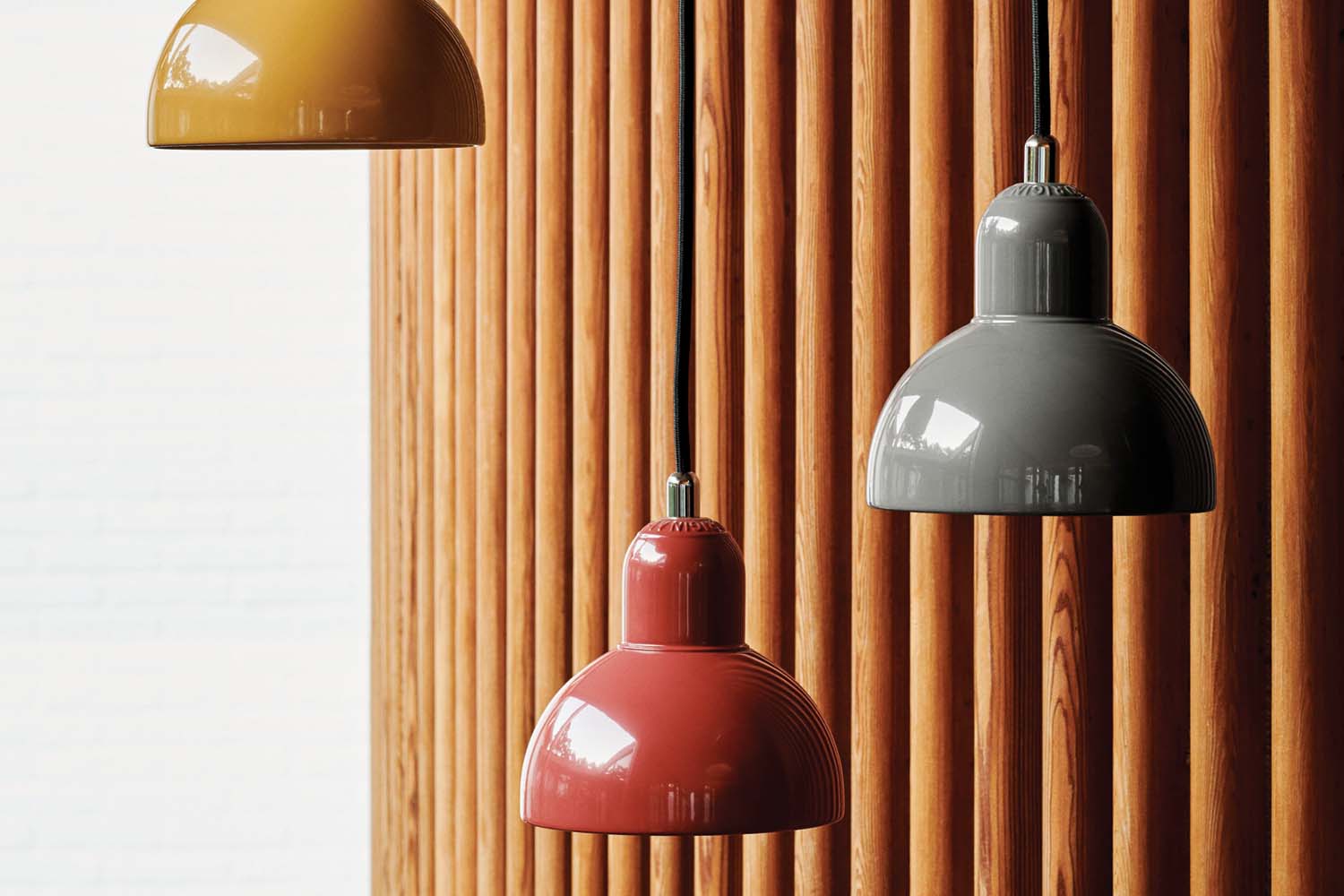
Lighting your home for comfortable and safe living
Often taken for granted rather than carefully thought out, our very own interiors virtuoso Kike Pawlik explains why lighting your home merits forward-planning.
Proper lighting design is crucial to comfortable and safe living. It helps you perform tasks with greater ease, enhances relaxation and enables you to enjoy your home to its full potential.
The light of choice not only has a functional aspect, but it also creates atmosphere, as well as decorating and enlivening the interior space.
When undertaking design, we think about furniture and wall colours but there’s often not a lot of consideration given to how we want our spaces to look in both the day and night time.
Consequently, bad lighting design creates a lot of dark corners and abandoned areas, preventing us from using 100% of our living space.
As we’re gradually moving out of winter and into the embryonic stages of spring, it’s necessary that we invite as much light as possible into our abodes as it can make a big difference to how you feel about your home.
There are three basic types of lighting that work together to illuminate your home: general, task and accent. However, it’s possible to combine the three and light the whole house in a more functional and stylish way.

Lighting range at Gael Home Interiors, Paisley

Selection of lights from Next
A basic form that’s used to compensate for the absence of sunlight, the general side of things is fundamental to a lighting plan. It provides an area with overall illumination.
Also known as ambient lighting, general lighting radiates a comfortable level of brightness, enabling one to see and walk about safely. This can be accomplished with chandeliers, ceiling or wall-mounted fixtures, track lights, pendant or portable and floor lamps.
Task lighting helps you engage in specific activities such as reading, sewing, cooking, homework, gaming, eating or watching TV. It can be provided by slim-line, under-cabinet, tape/track lighting, pendant lighting, portable or desk lamps.
- Books: Braw Lads Are Marching Awa by Tracy Patrick
- Duck Feet by Ely Percy – book review
- Café Fairfull Paisley lunch review
Task lighting should be free of distracting glare and shadows, while remaining bright enough to prevent eyestrain. Accent lighting adds drama to a room by creating visual interest.
As part of a decorating scheme, it is used to spotlight paintings, houseplants and sculptures or to highlight the texture of a wall or outdoor landscaping.
Accent lighting requires at least three times as much light on the focal point as the general lighting around it. This is usually provided by track light, under-cabinet, table lamps, or wall-mounted fixtures.
Lighting should be planned to complement your lifestyle. As such, you need to develop a plan that suits your personal needs and those of your family or other cohabitants.
When planning your lighting, look at the activities that take place in each room, the atmosphere you want to create and the aesthetical aspects you wish to be highlighted.
Keep in mind that light can be absorbed and even wasted in dark-coloured rooms or reflected and used as additional illumination in lighter areas. Because no matter what, we all want to stay in a good light.
Kike Pawlik is a Paisley-based interior design student at The Glasgow School of Art. Follow her on Instagram.
